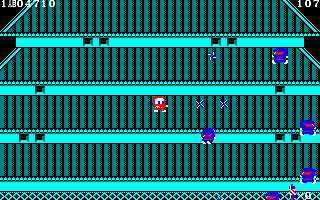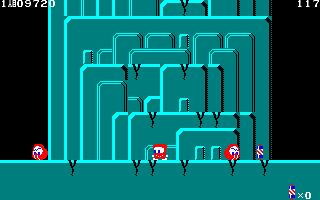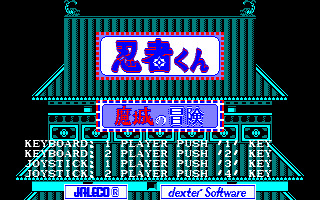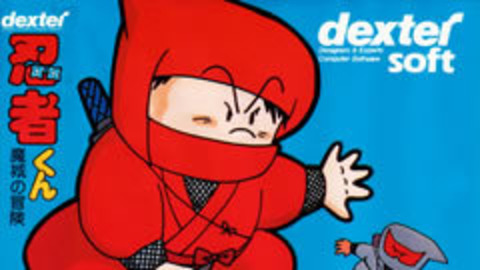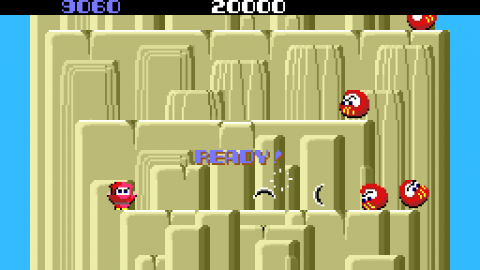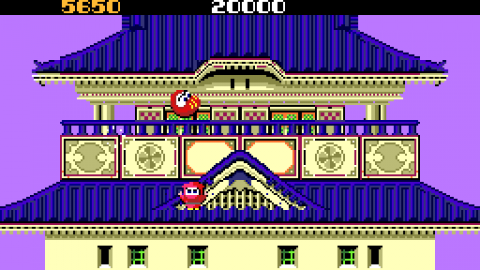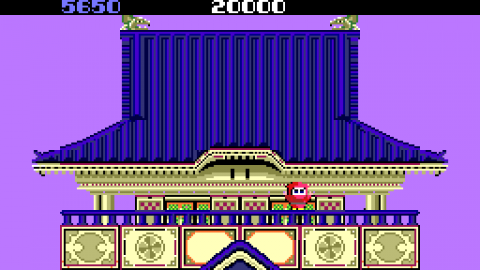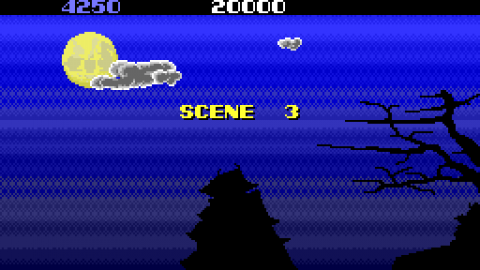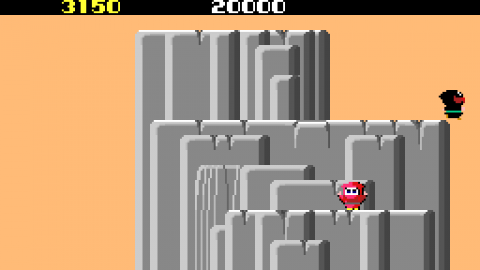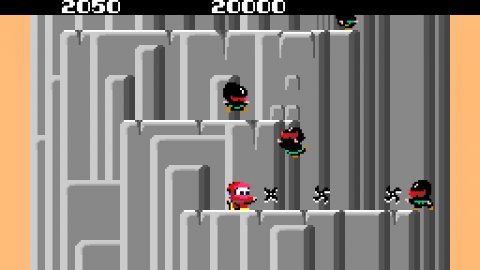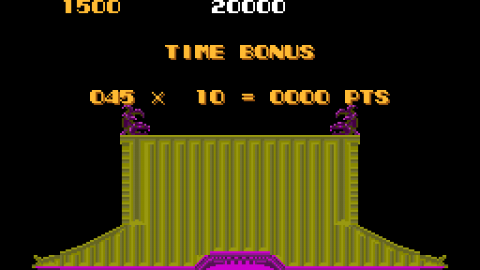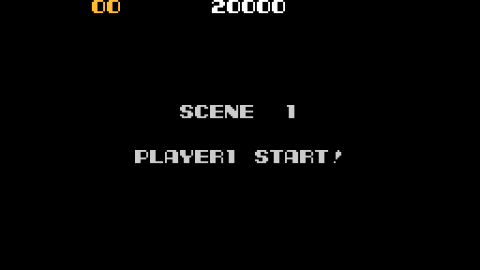Overview
Ninja-Kid is an action platformer Arcade game created by Japanese developer UPL and published by Jaleco. In Japan it is known as Ninja-Kun. Jaleco released their own version of Ninja-Kun, with the subtitle Majou no Bouken ("Adventure at Demon Castle" or thereabouts), for the Nintendo Famicom in 1985 in Japan only. Jaleco would also go on to port UPL's sequel Ninja-Kun II to the NES as well, and then continue to publish their own "spin-off" Ninja-Kun games under the title Ninja JaJaMaru-kun, who is canonically said to be the original Ninja-Kun's younger brother.
Neither Ninja-Kun nor Ninja JaJaMaru-Kun were seen often outside of Japan, but both of UPL's original Arcade games were released in the US as Ninja-Kid I and Ninja-Kid II respectively. The game has nothing to do with Bandai's Ninja Kid NES game, which is actually a graphically altered version of the first NES game they made based on the Gegege no Kitarou anime/manga license.
Gameplay
The goal of each stage in Ninja-Kid is to defeat all the enemies, usually rival ninjas but sometimes classic Japanese monsters such as oni and youkai. Ninja-Kid can ascend and descend platforms by either hitting the first action button while moving (which ascends) and hitting the same button while standing still (descends). Ninja-Kid also throws ninja stars with the other button, which fly outwards for a small distance and is the most effective way of defeating opponents. Ninja-Kid can also jump on top of enemies to stun them briefly.
Once the stage is free of enemies, Ninja-Kun earns points based on their speed and how many collectibles they found (left behind by defeated enemies) and then moves onto the next stage. The original Arcade game had three stages that repeated endlessly, though the NES version increases this number. After every loop, the enemies become tougher.

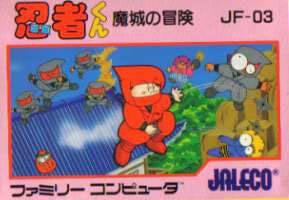
 MSX
MSX PlayStation 4
PlayStation 4 Nintendo Switch
Nintendo Switch